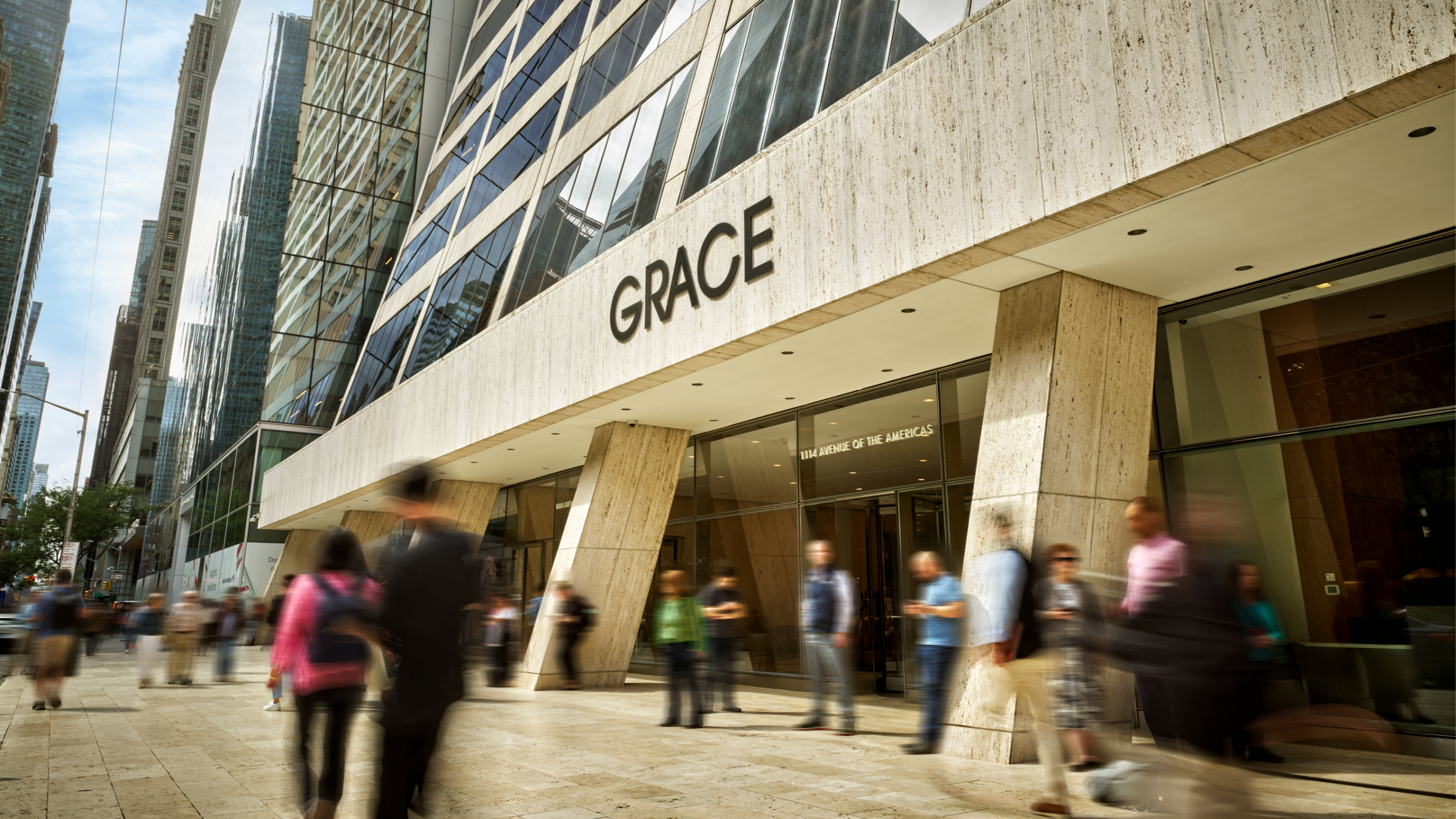Toronto-based Plexman Studio specializes in portrait photography. Founder and principal photographer Matthew Plexman has been a Phase One customer since 2001 when he became one of the first professional photographers to go digital with the LightPhase, a 6-megapixel digital back. Since then, he’s used numerous technology advancements to distinguish his work, bringing life to his portraiture across a range of subjects for discriminating clients.

Capturing perfection: My journey with Phase One digital gear
Since going digital in early 2001 with the Phase One LightPhase back on my Contax 645 camera, I’ve always aimed to capture image files with the most detail and dynamic range possible. That means that I’ve consistently invested in Phase One gear, upgrading when newer versions were available and never considered using other available DSLR systems.
My goal has been to produce work that delivers the best image quality for the specific job.
Upgrading to the world’s first 39 MP digital back (the P45+), was game changing. When shooting the image of two girls sitting on a fence for our client, a large dairy, we found that the files were so much larger! Not only was it easier to do the necessary retouching (we transformed a grey cloudy atmosphere into a sunny summer day), but the larger file size worked beautifully for printing the image on the side of a truck.

Capturing moments at a retirement home
That same year, we used the P45+ system to shoot some stock photography. We’d reached out to a retirement home, explained our project, and invited people to sign up. In exchange for their time, we gave them prints of the shoot. Not only did we get some great images, but apparently our visit was a morale booster!
The versatility of Phase One: From headshots to hotel art installations
Versatility has always been a trademark of Phase One. With the release of the P65+, we had the benefits of a full frame sensor and a feature called “sensor plus” which allowed us to “dial down” the resolution to produce smaller-sized files that we needed for producing head shots –an important part of our business offering.
At the same time, we were able to use the P65+ system on a job creating mega-sized artwork for 160+ rooms in the Hotel le Germain, a boutique hotel in Maple Leaf Square, Toronto. We built a set in our studio, shot major sports figures from Toronto’s Raptors, Maple Leafs and Football Club, and created 16 unique black and white images printed up to 4’ x10’for the rooms.



Advancing corporate photography: Embracing the IQ250 50MP system
In 2015, I traded up to the IQ250 50MP system which became my standard digital back for corporate work. Though it had a cropped sensor, the files were smaller, and the CMOS technology allowed faster captures and better low light results. We were hired by the Ontario Long Term Care Association to create images for one of their brochures. For this shoot, my crew set up white seamless and lights in a large space at a private care facility and photographed residents.




The impact of Phase One XF and IQ3 100MP
When the Phase One XF camera body arrived, it was a whole new ballgame. It blew me away. I was so excited to start using it. With the XF you could automate focus stacking; it saved so much time. The lenses were better and there were so many more tools at my disposal! Also, I appreciated how firmware upgrades brought new features without having to upgrade the camera body or back. Features such as autofocus and recompose have been huge.
I was in the midst of a personal project begun in 2017, when the following year I got the IQ3 100MP system. I was shooting at night around 2 am, and with this new back, the files took a major leap; they were tactile. So much detail in the highlights and shadows. It no longer looked digital. It was paradigm shift, the way I could manage the light. It was almost like I could touch things in the image.

Unmatched precision: Upgrading to the IQ4 system
Then, in 2023, I upgraded to the IQ4 system. Now, I’ve got unbelievable dynamic range with key new features. The addition of dual expose plus is phenomenal when dealing with shadows/highlights. And the opportunity to do frame averaging allowed me to “erase” traffic and pedestrians when I was shooting exterior shots of a New York law firm building.
Bringing portraits to life
Lifestyle images are about building a believable scenario that will evoke an appropriate emotional response in the viewer — whether the images are being used as recruiting tools for a law firm or as marketing tools for a cemetery operator. Everything about the images must be authentic and believable. The expressions, poses and gestures must be “real.”
Such images always require advance location scouting with tools that predict the sun’s location at a specific time to ensure that the available light (sunshine, window light etc.) will enhance the emotional response we’re seeking. The incredible dynamic range of the IQ4 helps tremendously with this type of work – it’s superb at retaining highlights and shadows, resulting in very realistic images. Although the files are large, I can capture them fast, so it’s an excellent choice when photographing people in challenging situations.



Three decades with Phase One: The cornerstone of a successful photography business
I’m now in the third decade of working with Phase One gear. It’s been an excellent investment and comprises the cornerstone of a very successful business. Here are some of the highlights:
- The size and quality of the images makes retouching much, much easier.
- Some clients appreciate the quality of the large files for producing huge images for trade shows and are happy to pay extra for them.
- The dynamic range of the Phase One files gives me incredible flexibility in various lighting situations. I can do some shoots with absolutely no additional lighting and work the raw files to get exactly what I need.
- Using a Phase One camera sets you apart from the crowd. So far, I’ve never had a client say, “Oh, that’s the same camera that I have!”
- Besides the very robust build quality and incredible lenses, the XF camera has such a huge built-in toolset, especially when combined with the IQ4 back. Automated Frame Averaging (IQ4), Dual Expose +, focus stacking, Autofocus and Recompose (AFR), unlimited configuration options of the camera controls, built in Air remote etc. It is an amazing production tool which keeps getting better with firmware updates.
We are fortunate that over the years, our only advertising vehicle has been our website. We have very little social media presence. Many long-term clients refer us to other companies.
Looking toward the future, commercial photographers will need to be tenacious to attract and retain the clients they want. Photographers will need to be the experts on multiple levels – taking care of all aspects of the shoot. I also believe that adding video component will be a growth area. For our business, I’ll bring in video specialists as needed. Photographers in general will need to be able to reproduce quality imagery that stands apart – consistently. They must service their clients in a consistent, professional, and predictable manner, making the whole process of commissioning and executing a shoot easy and seamless for the client.
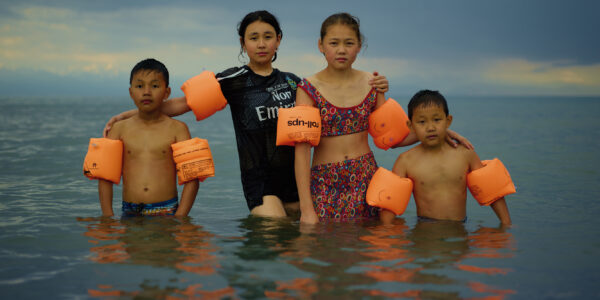
Photographer Stories
Intimacy in focus: Louise’s lens on humanity with Phase One_Part1

Photographer Stories
Dimitri Newman: Vision is Just the Start

Photographer Stories
Ashes: The Rebirth of a Camera- Hexmalo

Photographer Stories
Chandler Williams: A Photographer’s Path

Photographer Stories
TABO- Gods of Light

Photographer Stories
Loreto Villarreal – An Evolving Vision

Photographer Stories
Tobias Meier – Storytelling Photography

Photographer Stories
Gregory Essayan – Curating Reality

Photographer Stories
Total Solar Eclipse – Matthew C. Ng
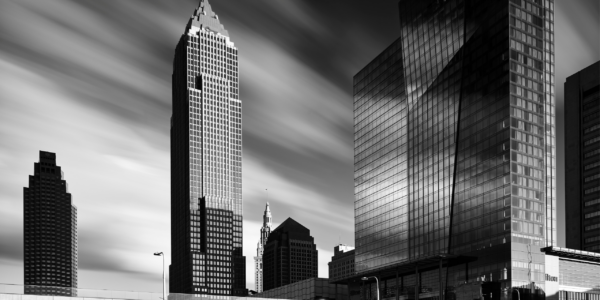
Photographer Stories
Roger Mastroianni – Frame Averaging

Photographer Stories
Prakash Patel – A Visual Design Story

Photographer Stories
Karen Culp – Food Photography Ideas

Photographer Stories
T.M. Glass: Flower portraits
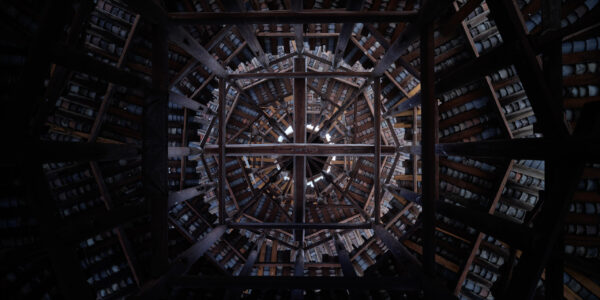
Photographer Stories
Preserving ancient Chinese buildings – Dong Village
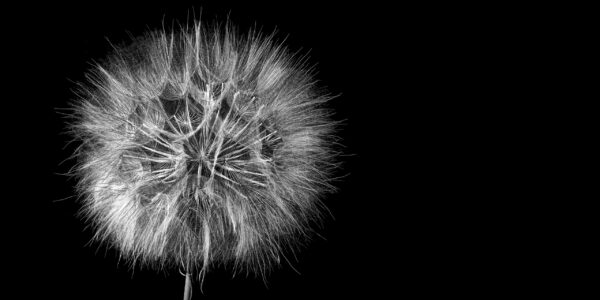
Photographer Stories
Jeff Puckett – The Art of Photogravure
